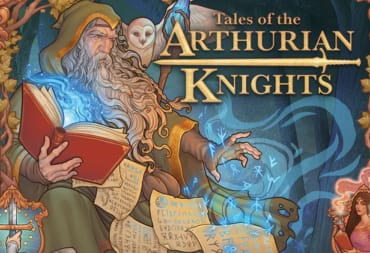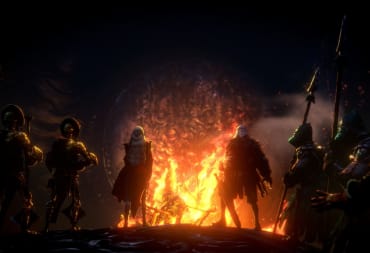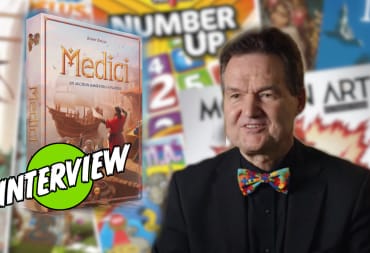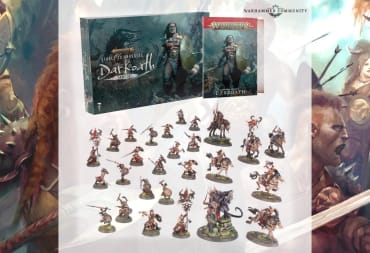In a world where information is easier to acquire than ever, one would think that the mystery genre had nothing left to tell. Computers in our pockets can get answers to just about any question. Still, mysteries are a huge component to many games. These range from puzzles and little unanswered questions to games that revolve around cold cases, murders, and mysterious fires. Even in this day and age, mysteries seem to be the perfect content to consume on dark, rainy nights. The mystery genre has faced criticism and accusations of stagnation, yet fans argue it continues to innovate since its earliest use as entertainment. Mystery elements can be found across various forms of media, but innately interactive mediums such as board and video games truly show off the genre's appeal and strengths.
The appeal of mysteries seems to come from humanity’s natural sense of curiosity. Our desire to know things on an instinctual level drives us to find answers. Many readers of mystery novels enjoy being able to “participate” in the plot and see if they can solve the puzzle the author presents. This level of participation means that, though one can mindlessly consume mysteries, there is a greater sense of satisfaction in unraveling the threads.
Mysteries as Gossip and Parlor Entertainment
Video games are not the only format for mysteries and, in fact, are a comparatively recent development. The earliest uses of mysteries, particularly murder mysteries, as entertainment stems from the late nineteenth century. The Chronicles of Harriet blog claims that the fascination stemmed from the extensive press coverage of the 1860 murder of a young boy in a Victorian manor. The speculation around the case, good old Victorian classism, and the numerous likely suspects fueled gossip for years before the boy’s half-sister confessed.
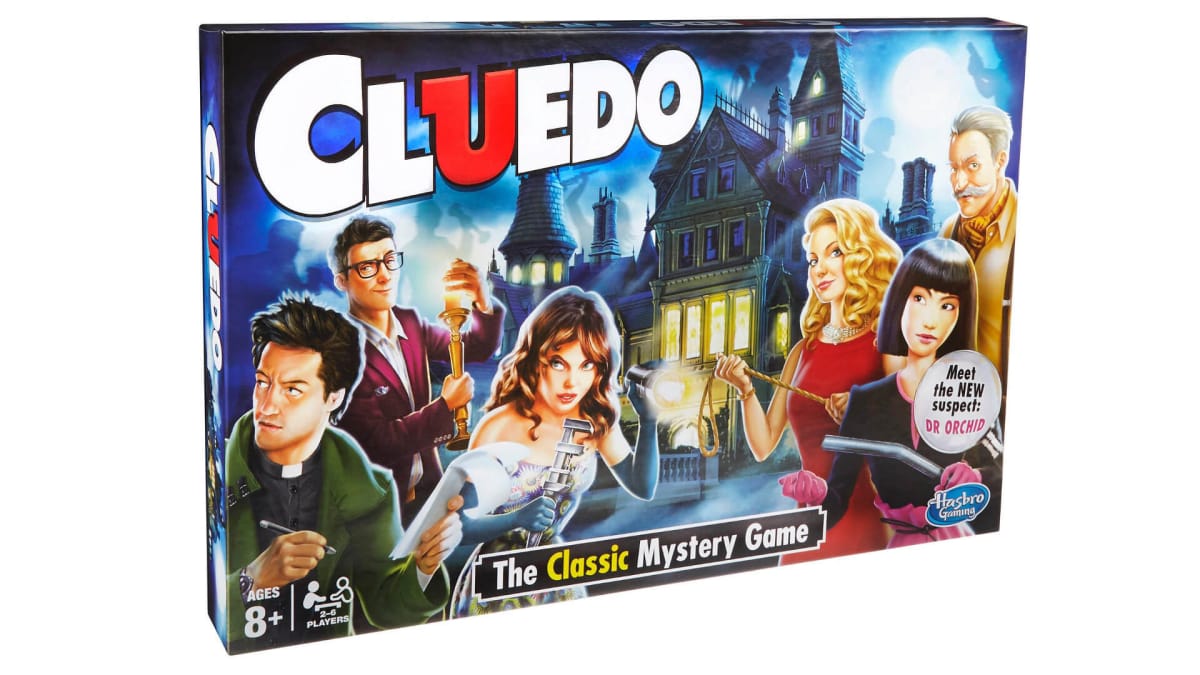
Clue, or Cluedo, is perhaps the most prolific board game involving a murder mystery. The game, developed in the 1940s by Anthony E. Pratt, stars a number of suspects. Players control one of them, trying to find out which of the suspects really killed their gracious host, where they did it, and how. Each game has a random solution, with the remaining cards dealt to the players as clues. Numerous incarnations and updates have changed the numbers and names of suspects, weapons, and rooms, but the core gameplay has always involved slowly whittling down your possibilities until you can make an accusation.
Naturally, as society and technology changed, so did the genre. The infamous VR episode of Murder, She Wrote (titled “A Virtual Murder”) shows how far our tech has come just since the '90s. Legendary sleuth Jessica Fletcher herself had a video game of her own in 2009, featuring a noticeably smooth depiction of Angela Lansbury on the cover. By far the most popular genre for mystery video games, however, is still point-and-click adventure games.
Mysteries in the Early Digital Age
1980’s Mystery House on the Apple II serves as one of the first mystery video games. Developed by the now-legendary Roberta and Ken Williams, the player finds themselves in a Victorian manor with a variety of other people. But when their bodies begin to appear, it’s up to the player to discover and track down the culprit. By today’s standards, entering the text, coupled with a rudimentary graphical display, is practically prehistoric.
The Laura Bow games served as a spiritual successor to Mystery House. The Colonel’s Bequest used the same text-input interface with much more colorful graphics. Its clock mechanic served as a hard time limit and indicator of important events. Laura can easily fumble the entire investigation by not paying attention or simply by getting herself killed in typical Sierra protagonist fashion. At the end, the player receives a ranking based on their sleuthing skills, but the system behind it is rather obtuse.
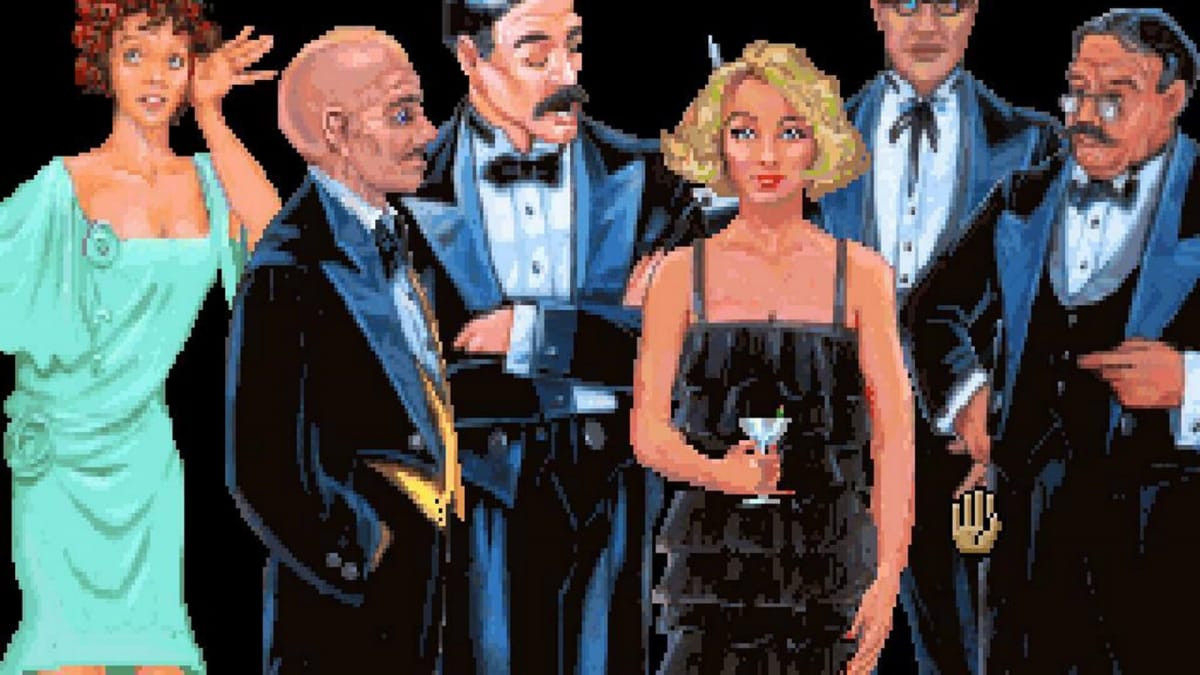
The 1992 sequel, The Dagger of Amon Ra, abandoned the text-adventure mechanics for what we’d now consider third-person point-and-click gameplay. This mechanic of searching for clues, items, and information ourselves has remained a staple in the mystery game genre for decades. Again, Laura can absolutely mess up her investigation if she doesn’t do her due diligence. While this still has the “clock” mechanic found in the previous game, the investigative work is much more in depth. Laura can’t simply point fingers at people. Even if her guesses are correct, she must provide a reason and evidence to back up her claims. Much like previous Sierra games, Laura could even find herself in unwinnable situations if she didn’t discover the right clues or take important items. This last trope has mostly fallen out of favor due to the inherent frustration, however.
The long-running Nancy Drew franchise follows the titular heroine on her adventures. The iconic detective has, in the decades since her inspiring debut in the 1930s, branched into film and, naturally, games. The first entry in the series, Secrets Can Kill, debuted in late 1998. Most of the Nancy Drew games feature a first-person perspective and extensive puzzle work. There are over 30 entries in the series developed by HeR Interactive, most met with positive reviews from players. The Nancy Drew games include a number of small minigames in each title and a hint system to help stuck players, both of which would appear regularly in the genre outside of the franchise.
Contemporary Mysteries
In recent years, mystery games have continued to develop new and innovative mechanics and angles. Return of the Obra Dinn has players use a magical pocket watch to discover the fate of dozens of people aboard a ship long-thought lost at sea. By traveling to the exact moment of a person’s death, the player character must identify the person in question, their ultimate fate, and piece together the bigger mystery of what really happened aboard the Obra Dinn.
Did you know Return of the Obra Dinn is one of the eight games we've awarded a 10/10? You can find the rest here.
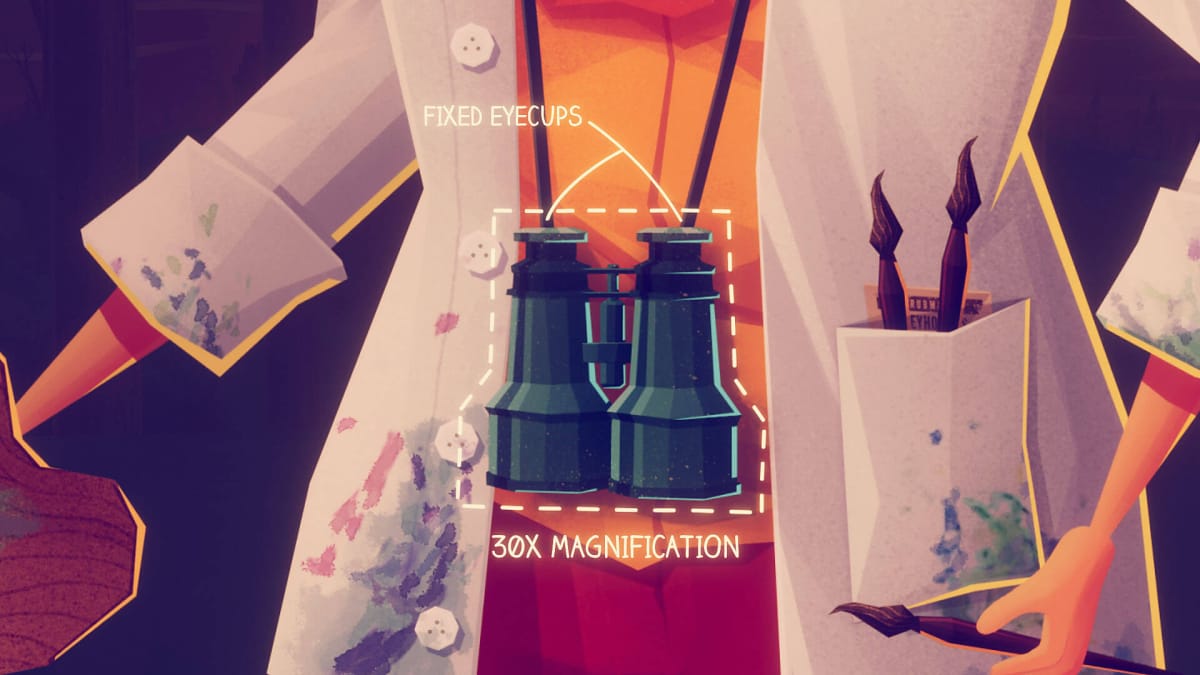
Jenny LeClue: Detectivu takes another approach. The player knows that Jenny is herself a character in an in-universe series of cozy detective novels aimed at children. Her author’s decisions affect Jenny as a character, and she can influence her creator Arthur K. Finkelstein in return. These decisions are reflected in Jenny’s sleuthing profile and how she approaches a case. Finkelstein’s publishers pressure him to force Jenny, a child, to confront very real and serious danger. His trepidation about changing the world he's created drives the plot. Along the way, Jenny develops into a real gumshoe as she graduates from missing jars of preserves to absolving her mother of a murder. Jenny LeClue: Detectivu discusses the fear of change and the meta perception of staleness in the mystery genre.
Of course, a critical part of a mystery is ensuring that it doesn’t overstay its welcome. Mysteries, more so than many other genres, require tight writing and pacing to maintain tension. Twelve Minutes, despite an intriguing start and some bright spots, eventually falls flat as a mystery. The time-looping becomes repetitive and breaks immersion, and puzzle solutions become more subject to trial-and-error than real deduction. Despite having many trappings of a mystery game, such as shocking swerves, building on clues, and the idea of the “closed circle,” the looping potentially takes the player out of the story as they attempt to brute-force the solution. Our writer William Worrall wrote more about Twelve Minutes in TechRaptor’s official review, reviewing the game as a whole rather than simply as a mystery.
While the point-and-click genre has seen a massive revival in the last decade, it remains inexorably tied to adventure and mystery games. While some have taken strides to break out of the mystery mold, it remains a genre that adheres strongly to its roots and traditions, for better or worse. Melodrama, wit, and camp (such as that found in parts of Jenny LeClue, Detectivu) are juxtaposed with more serious content (such as Modern Storyteller’s The Forgotten City). It suggests that the biggest mystery may, in fact, be the direction the genre takes in the 2020s.
Disclosure: Amazon works with TechRaptor for affiliate partnership, and TechRaptor earns a small commission off purchases made from some links in this article.
Have a tip, or want to point out something we missed? Leave a Comment or e-mail us at tips@techraptor.net


